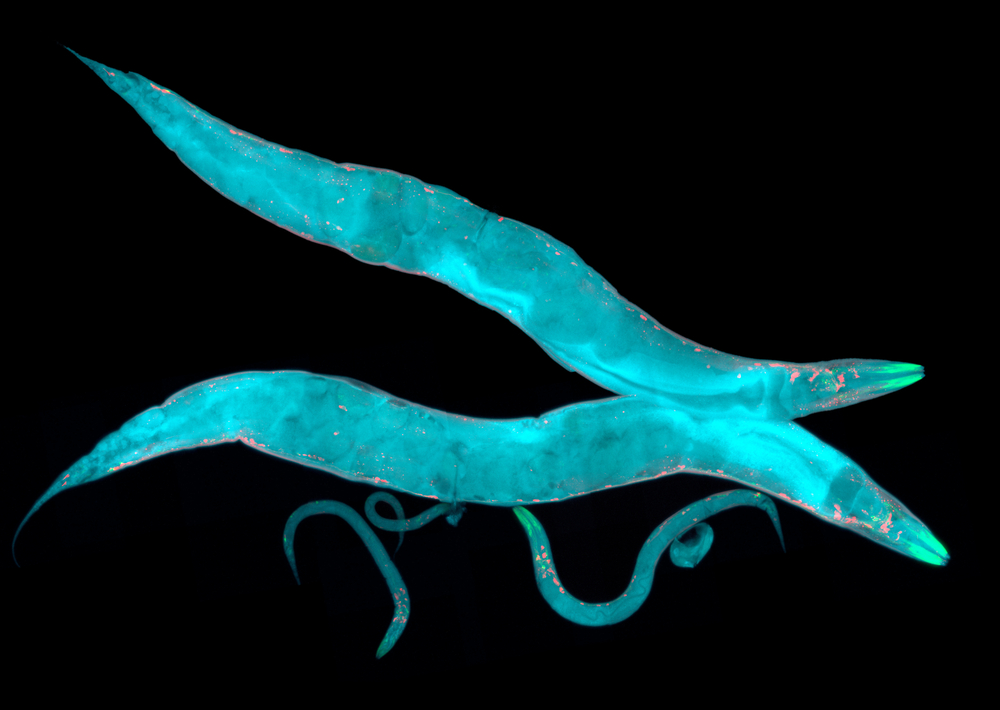New Therapy-Discovery Platform Could be Useful in Treating Huntington’s Disease

Researchers at the University of Texas identified a potential drug therapy that could be particularly effective in treating Huntington’s disease, using a new platform and the microscopic worm Caenorhabditis elegans.
The study, “Large-scale microfluidics providing high-resolution and high-throughput screening of Caenorhabditis elegans poly-glutamine aggregation model,” was published in the scientific journal Nature Communications.
“Four of the drugs we tested were effective at treating a protein aggregation model that is directly related to Huntington’s, and one of these drugs became even more effective at increased doses without causing toxicity,” mechanical engineering professor Adela Ben-Yakar, PhD, senior author of the study, said in a press release.
The large-scale drug discovery platform is the first to use a whole organism and allows thousands of drug compounds to be tested simultaneously. The platform also can analyze data automatically thanks to image analysis software developed by Ben-Yakar and her team.
Researchers are hoping their new platform will allow researchers and pharmaceutical companies to more accurately assess the effectiveness of potential new drugs, which could be used to treat neurodegenerative diseases such as Huntington’s disease.
Because the platform uses a whole organism with a fully developed nervous system instead of single cells, more information about the effectiveness of potential drugs can be obtained.
C. elegans is a model organism that has been used for several decades to study neuronal development. Its whole genome has been sequenced and around one-third of disease-causing genes in humans have counterparts in C. elegans. Therefore, understanding the mechanism of action of drugs in the worm could give clues about how they might work in humans.
The platform, which is the size of a cell phone chip, is made of flexible polymer and contains 96 wells that each can receive and immobilize 40 drug-treated worms. The device is designed in a way that can image about 3,600 worms in just 12 to 16 minutes.
Using the device, the team of researchers already has analyzed about 1,000 drugs approved by the U.S. Food and Drug Administration for the treatment of different neurodegenerative diseases, including Huntington’s disease.
The platform is only a prototype, but Ben-Yakar is hopeful her start-up company, Newormics, soon will develop the patent-pending device into a commercial product that could be manufactured in an easy and inexpensive way.






